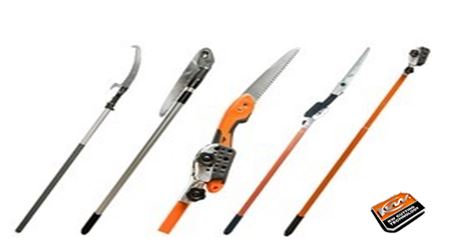What is Lock Washer?
The locking washers can be made of metal or non-metal materials. The purpose in using them is to keep nuts and bolts from vibrating or friction loose. They are many different shapes and sizes, but they all try to achieve the same goal. When properly applied, lock washers provide a shabby, basic way to keep threaded fasteners steady over a long period of time.
Washer dimensions can come in either imperial or metric units. If you do not have a specific size most manufacturers will be able to custom build a washer to fit your application. Washers can follow ANSI, SAE, USS, and JIS sizes as well.
Below, there is a list of split lock, sealing, internal tooth, external tooth, flat, and flat retaining. And I will tell you what each one is and their use.
- Split Lock – Split locks are also called helical spring lock washers. These are made out of a spring coil that cut or split. This makes it so the two ends of the coil forced outward to the mating surface. So when the washer is fastened each end of the coil will bite into the surface of the head of the screw and to the surface to which you are fastening too.
- Sealing – Sealing washers use a form of a silicone rubber that is bonded to the steel of the washer. These are made to be used with screws, bolts, and nuts. They are a simple solution to any sealing needs. They have a seal on the bottom of the washer that seals the surface of the washer face, and a seal at the top that encases the shank and under the head of the fastener making a complete seal from top to bottom.
- Internal Tooth – Internal tooth have teeth on the inner dimension of the washer and the outside of the washer is smooth. They are made for fasteners who have a smaller head. When the head is fastened into the hole the internal teeth will help grab the surface, while at the same time resisting against the force of the washer being compressed.
- External Tooth – External tooth have teeth on the outer dimension of the washer so that they can actually bite into the surface that it is put on, and the inside is still a cylindrical hole. They are designed for fasteners who have a bigger head. When the head is fastened into the hole the external teeth will help grab the surface, while at the same time resisting against the force of the washer being compressed.
- Flat – Flat washers are used for basic applications, where the hole is cot directly in the center of the washer. Standard or metric, it does not matter they can accommodate all shapes and sizes.
- Flat Retaining – These have multiple holes in them so that you can screw or bolt down the washer, and the second hole would be for running your wire to the screw or bolt.
Where Can You Find The Locking Washer Supplier?
I recommend that you can visit the website of Chin Hsing Precision Industry Co, Ltd.
Chin Hsing is a professional and experienced manufacturer of metric lock washer with “CS” Brand. You also can find quality adapter sleeves, bearing lock nuts, and much more products there. Now, contact Chin Hsing at 886-5-2765634 for more details!
Article Source: https://forum.digikey.com/t/types-of-lock-washers-and-their-uses/930

